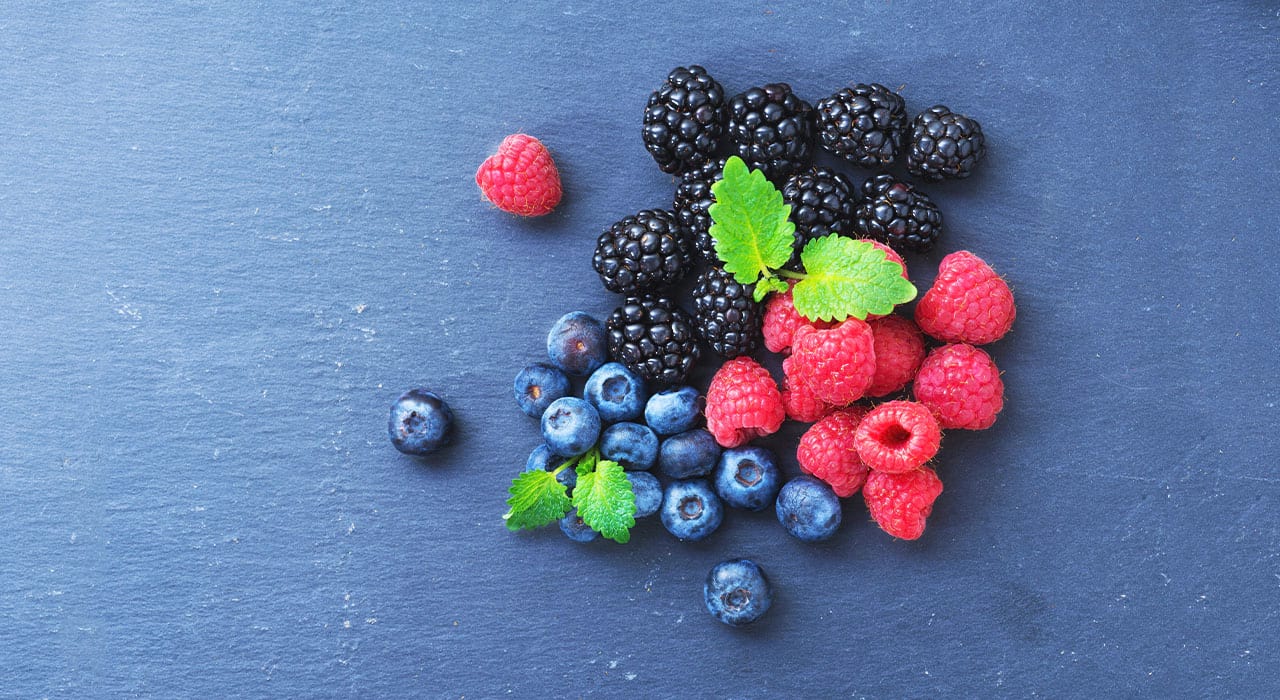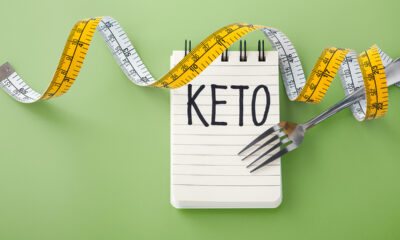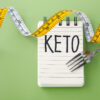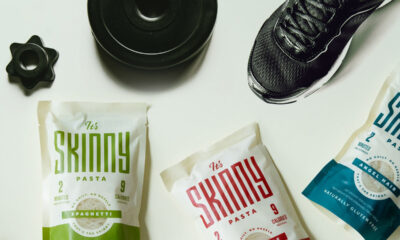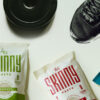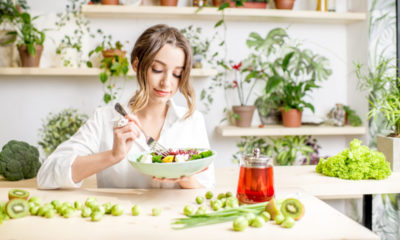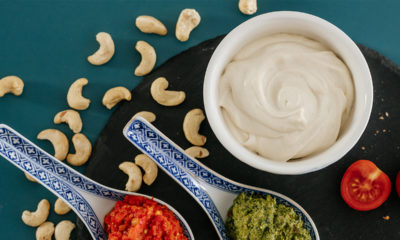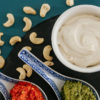Nutrition
Will You Recover Faster With Antioxidants?
If your performance in the gym and your recovery time has been less than stellar, consider adding antioxidants into your nutritional and supplemental strategy.
Minimise cellular damage
Free radicals can cause cellular damage through a process known as oxidation. Unfortunately, exercise increases the production of free radicals, but research from the Mayo Clinic found that antioxidants can protect your cells from free radicals. What’s more, research at the University of Florida, US, found that incorporating antioxidants around exercise times can prevent damage to cells and stress placed on your body from training. Also, antioxidants may reduce the amount of inflammation in an athlete’s body after a hard training session, and this in turn reduces the amount of delayed onset muscle soreness syndrome (DOMS).
Apply them to your daily routine
Antioxidants occur naturally in a variety of foods. They can be found in flavonoids, vitamins and some trace minerals. Research from the International Journal of Sport Nutrition and Exercise Metabolism found eating between six and nine servings of fruits and vegetables a day should do the trick. Consider incorporating some of the following antioxidant-rich foods.
The best fruits
Berries are an excellent source of antioxidants. The Mayo Clinic, US, suggests blackberries, cranberries, raspberries and strawberries as being among the top picks. Fruit with their peels, like apples and pears, are excellent sources for antioxidants. Apricots, bananas, cherries, kiwi fruit, peaches, mangoes, oranges, papaya and plums are also power-packed fruits.
The best vegetables
Be sure to include a colourful assortment of vegetables. Some of the highest in antioxidants are artichokes, bell peppers, kale and okra. Other excellent sources include asparagus, broccoli, butternut squash, carrots, spinach, tomatoes and red cabbage. Sweet potatoes, and red and russet potatoes with the skin intact are also excellent choices.
Other sources
Other foods include whole grains, like oats, nuts and seeds. Incorporate almonds, hazelnuts, pecans, pistachios, walnuts, sesame, sunflower or even ground flaxseed into your meal plan throughout the week. Some herbs and spices, dark chocolate and organic coffee are also powerful sources of antioxidants.
Supplement right
Not all antioxidants are created equal – some are just better at their job than others. Some examples include vitamins E and C, and beta-carotene, according to a study in Critical Reviews in Food Science and Nutrition.
Vitamin E
This is a fat-soluble vitamin and the dosage is usually listed on the label, so split it between pre and post workout. As a micronutrient, vitamin E can be found in nuts and seeds, whole grains, and some fruits and vegetables.
Vitamin C
Look for vitamin C that contains camu-camu because research in The Journal of Agricultural and Food Chemistry found this small fruit, found in the Amazonian rainforest, is jam-packed with beneficial antioxidants. For dosage, use the manufacturer’s recommendation, splitting the dose between pre and post workout. This micronutrient can be found in citrus fruits and some vegetables. Broccoli, cabbage, green peppers, spinach, kiwi and strawberries are all excellent sources of vitamin C.
Beta-carotene
Beta-carotene is a precursor to vitamin A and can be found in a variety of fruits, vegetables and whole grains. A study published in The Journal of Nutrition showed beta-carotene is converted to vitamin A and can become toxic when taken in excess, so don’t go overboard.
Find nutritional information and more in every issue of TRAIN for HER magazine.


